Various research studies, numerous guidelines and protocols by various bodies suggest that good glucose control regime using home monitoring devices led to fewer health complications.
The crux of these reports suggests that people with diabetes should regular consult their doctor or health care provider to determine appropriate blood glucose goals, suitable diet plan and necessary treatment. You should also take care of your low or high blood glucose as suggested by your health care provider.
This blog post briefly explains ten important things you must understand about your blood glucose monitoring. These mainly include:
- What does the do?
- What is glucose?
- What type of test is this?
- Why should you take the blood glucose test?
- Who shall use these test reports?
- How often should you test your glucose?
- What should your sugar level ideally be?
- How reliable is this test?
- How do you take this test?
- Can you test blood glucose from other parts of the body?
- How do you choose a reliable glucose device?
These important things are further explained in the following section:
What does the do? This is a portable, ready to use device for use at home or in health care settings to measure the amount of sugar (glucose level) in your blood.
What is glucose? Glucose is the amount of sugar your body consume as a source of energy. If you are not diabetic, your body regulates the amount of glucose in your blood. In case you have diabetes, you may need a special diet and medications to keep your blood glucose in line.
What type of test is this? This is a quantitative test. Through the blood glucose test you will learn about the amount of sugar present in your blood sample.
Why should you take the blood glucose test? This test is essential for all those who have diabetes. If you are diabetic then you need to monitor your blood sugar (glucose) levels.
Who shall use these test reports?
You and your doctor can use the results of this test to have an idea:
- if you have dangerously high or low levels of sugar and accordingly
- decide about the course of your treatment
- decide about adjustments in your daily treatment
- check how your diet plan and routine exercise change your sugar level
How often should you test your sugar level?
It depends. Depends on numerous factors. Your health condition, how you feel about and what your consultant suggests. You may need to test your sugar level multiple times a day to have an idea about your health condition so your physician may decide about adjustments in your diet plan or treatment. Above all, observe your doctor's advices, how often you test your sugar level.
What should your sugar level ideally be?
Generally, for a normal adult (without having diabetes) the blood sugar level is below 100 mg/dL before meals and is less than 140 mg/dL two hours after meals.
How reliable is this test?
The reliability of this test depends on many factors such as:
- The quality of your blood glucose device
- The quality of your test strips. You must use new test strips procured from the authorized seller.
- How adeptly you perform the test. For instance, you must cleanly wash and dry your hands before testing and closely follow the instructions for operating your device.
- the amount of red blood cells in the blood is also an important factor. If you are severely dehydrated or anemic, your test results may be far from precise. Here your physician shall be in a good state to tell you how it may affect your glucose testing.
- The impact of interfering substances. Some substances, for instance, Vitamin C, Tylenol, and uric acid, may intervene to disturb your glucose testing). You should follow the instructions given on the manual of the device and test strips to find out what substances may severely affect the accuracy of results.
- The setting such as altitude, temperature and humidity. High altitude, low and high temperatures, and humidity can induce unpredictable effects on the results. You should comply with the instructions labelled on the manual of the device.
- Proper storge and careful handling of the device and test strips as per manufacturer's instructions. The upkeep and storage of the monitor and test strip containers should remain an important consideration for you.
How do you take this test?
Before going for the blood glucose test, you must read and understand the instructions for using the device. To start with you take a disposable test strip out of the container and insert it into the meter. Make sure it is touching against the end.
Then you take a sterilized disposable lancet/pricker to prick your fingertip with it. You will have to prick your fingertip to get a drop of blood. Then you put the blood on the test strip already inserted in the device. The test strip contains chemicals that react to the glucose. The result of the sugar level is displayed on the monitor
Can you test blood glucose from other parts of the body ?
Some glucose monitoring devices allow blood from body parts/sites other than the fingertip such as your palm, upper arm, forearm, thigh, or calf for testing.These other sites should not be used for testing at times when your blood glucose level may be varying quickly, as these alternate sites may result in incorrect readings.
It is suggested to use blood from your fingertips only to test in case:
- You are feeling unwell
- You have taken insulin right now
- You feel your blood glucose level is abnormally low
- The results do not match with the way you feel
- You do not have any symptoms when you become hypoglycemic
- You have just taken meal or exercised
- You are feeling under stress
How do you choose a reliable glucose measuring device?
There are many different types of glucose monitoring devices available in the market and online sale that differ in several ways, such as:
- Physician ’s recommendation
- Cost of the device/strip
- Amount of blood required for each test
- Associated pain while pricking the fingertip
- Data storage and its transmission to a computer/doctor
- Likelihood of interferences from certain substances
- After sale service and technical support by the manufacturer
- Special features including the large display screen, or audio instructions/results.


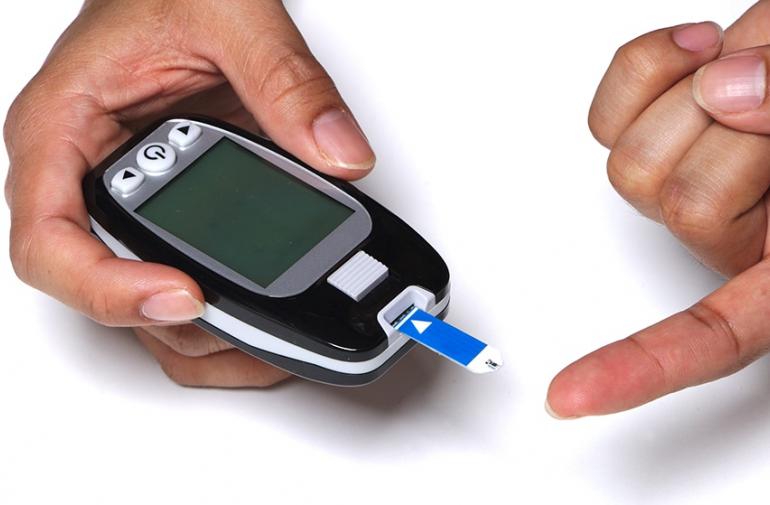

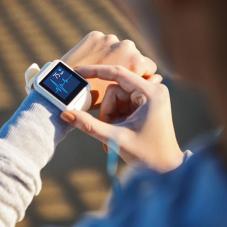


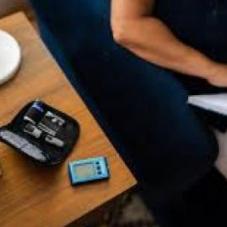
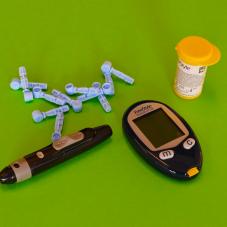

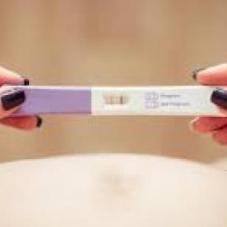
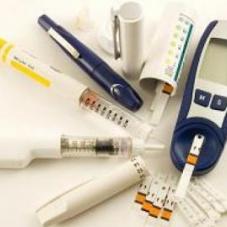
0 Comments